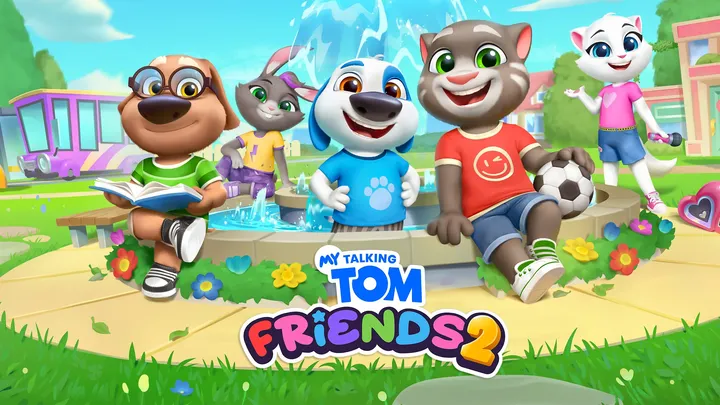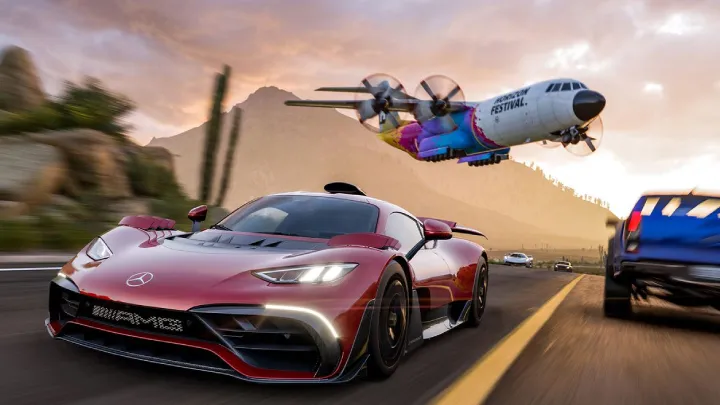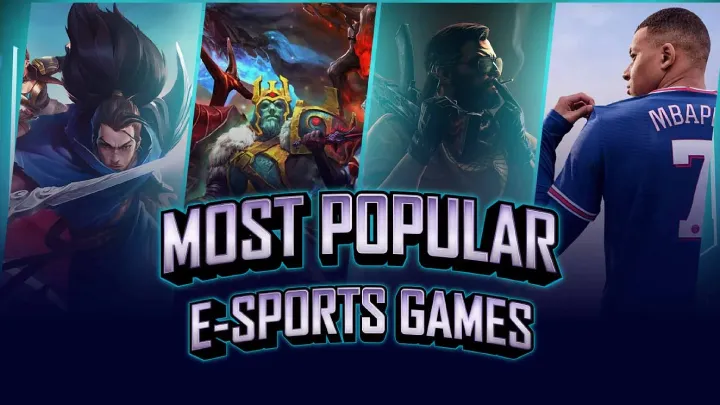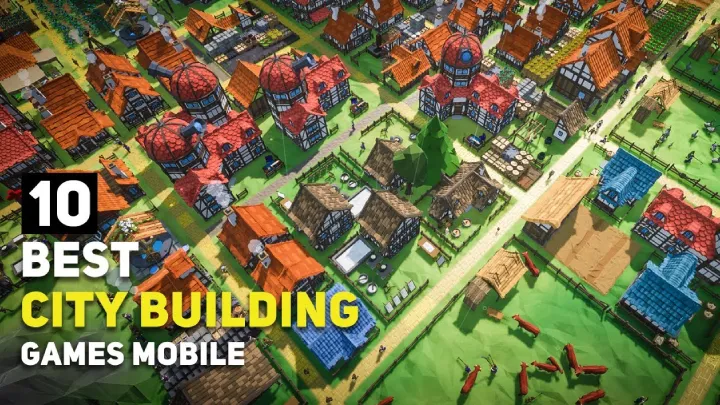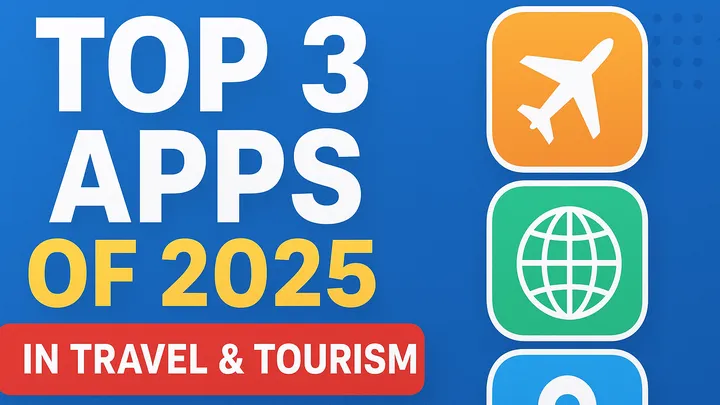Introduction
Online multiplayer gaming has completely reshaped the way we interact, compete, and collaborate in the digital world. What started as a niche feature in a handful of PC games has now become the foundation of the gaming industry, defining how millions of players worldwide connect daily. From early text-based online RPGs to global eSports phenomena, online multiplayer titles have left a profound mark on gaming culture, technology, and community-building.
In this article, we’ll explore the Top 10 Games That Revolutionized Online Multiplayer, highlighting not only their gameplay mechanics but also their influence on the industry, their role in shaping player interaction, and the legacy they left behind.
1. Quake (1996)
Game Introduction
Developed by id Software, Quake was a groundbreaking first-person shooter that introduced fast-paced 3D multiplayer gameplay.
Gameplay Analysis
- Quake took the foundation of Doom’s deathmatch concept and pushed it further with fully 3D environments.
- Online play was a core feature, thanks to QuakeWorld, an update that optimized latency issues.
- Its modding community also thrived, with custom maps and mods fueling innovation.
Evaluation
Quake defined the competitive shooter genre, giving rise to professional gaming tournaments. Without it, modern eSports and online shooters might not have evolved the same way.
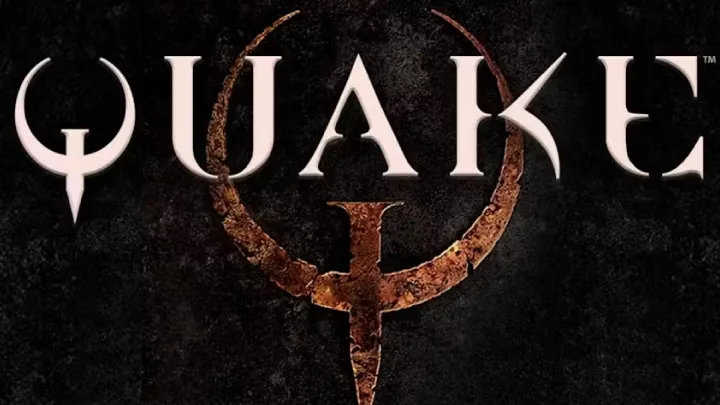
2. Ultima Online (1997)
Game Introduction
As one of the first massively multiplayer online role-playing games (MMORPGs), Ultima Online set the stage for persistent online worlds.
Gameplay Analysis
- Players could create characters, explore a vast fantasy world, trade, fight monsters, or even engage in player-versus-player combat.
- Its open-ended sandbox design gave players freedom in shaping the in-game society.
- The game emphasized community-driven interactions and player economies.
Evaluation
Ultima Online paved the way for MMORPGs like EverQuest and World of Warcraft, proving that virtual worlds could thrive on long-term player engagement.
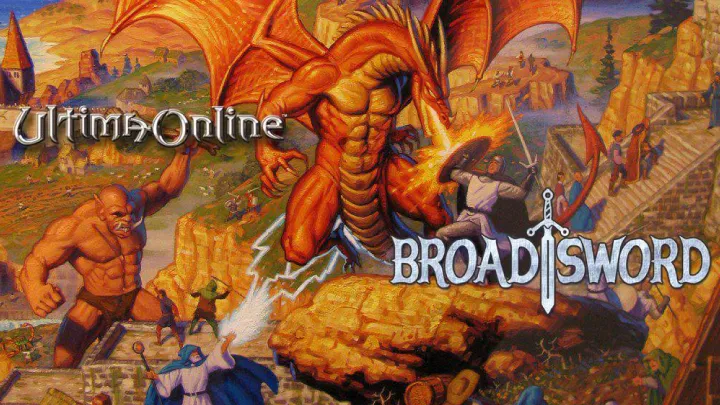
3. Counter-Strike (1999)
Game Introduction
Originally a mod for Half-Life, Counter-Strike evolved into one of the most iconic team-based shooters of all time.
Gameplay Analysis
- The gameplay centered on tight, round-based matches between terrorists and counter-terrorists.
- Strategy, precision, and teamwork mattered more than raw reflexes.
- Online servers and custom communities contributed to its massive popularity.
Evaluation
With Counter-Strike, competitive multiplayer entered the mainstream. It laid the foundation for tactical shooters like Rainbow Six Siege and became a global eSports powerhouse.
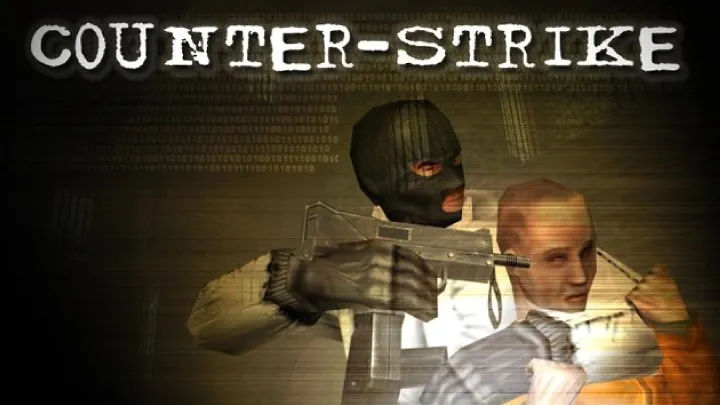
4. Diablo II (2000)
Game Introduction
Blizzard’s Diablo II introduced addictive action RPG gameplay with seamless online integration via Battle.net.
Gameplay Analysis
- Cooperative dungeon crawling became the game’s hallmark.
- Players could team up to fight bosses, share loot, and trade rare items.
- Online ladder rankings kept competition alive.
Evaluation
Diablo II’s loot-driven gameplay loop and online cooperative experience made it a pioneer in blending RPG depth with online play, influencing titles like Path of Exile and Destiny.
5. Halo 2 (2004)
Game Introduction
Microsoft’s Halo 2 wasn’t just a successful console shooter—it was a landmark moment for online multiplayer on Xbox Live.
Gameplay Analysis
- Intense, balanced arena combat became a standard for console shooters.
- Xbox Live integration brought voice chat, matchmaking, and friends lists to the forefront.
- Clan support encouraged social play.
Evaluation
Halo 2 revolutionized console online gaming by showing that structured matchmaking and online communities could thrive outside of PCs.
6. World of Warcraft (2004)
Game Introduction
Blizzard’s World of Warcraft (WoW) became the most successful MMORPG of all time, with millions of active subscribers at its peak.
Gameplay Analysis
- WoW offered a vast, persistent world with quests, raids, dungeons, and player-versus-player battlegrounds.
- Social interaction was essential, with guilds fostering tight-knit communities.
- Constant expansions kept the game fresh for decades.
Evaluation
WoW set the gold standard for MMORPGs, shaping online multiplayer culture and showing the world the power of subscription-based gaming.
7. Call of Duty 4: Modern Warfare (2007)
Game Introduction
Call of Duty 4: Modern Warfare transformed first-person shooters with its cinematic campaign and addictive online multiplayer.
Gameplay Analysis
- Progression systems, perks, and customizable loadouts added depth to online play.
- Fast-paced matches kept players engaged for hours.
- Leaderboards and rankings boosted competitiveness.
Evaluation
This title not only defined the Call of Duty franchise but also established the template for modern online shooters, influencing everything from Battlefield to Apex Legends.
8. League of Legends (2009)
Game Introduction
Riot Games’ League of Legends became the face of the multiplayer online battle arena (MOBA) genre.
Gameplay Analysis
- Teams of five players fought to destroy the enemy’s base, emphasizing teamwork and strategy.
- Constant updates, new champions, and competitive balance ensured long-term engagement.
- The free-to-play model expanded accessibility.
Evaluation
League of Legends not only popularized the MOBA genre but also became a cornerstone of global eSports, with tournaments attracting millions of viewers worldwide.
9. Minecraft (2011)
Game Introduction
At its core, Minecraft is a sandbox game, but its multiplayer component turned it into a social phenomenon.
Gameplay Analysis
- Players could collaborate to build worlds, explore, and survive together.
- Custom servers enabled unique mini-games, from Hunger Games to Skyblock.
- Cross-platform play expanded its accessibility.
Evaluation
Minecraft revolutionized creative online play, showing that multiplayer doesn’t have to be about combat—it can be about building, sharing, and creating together.
10. Fortnite (2017)
Game Introduction
Epic Games’ Fortnite is more than just a battle royale—it’s a cultural juggernaut that redefined online multiplayer experiences.
Gameplay Analysis
- The core battle royale mode pits 100 players against each other in a last-man-standing format.
- Frequent content updates, live in-game events, and crossover collaborations kept the game relevant.
- Its building mechanics differentiated it from competitors.
Evaluation
Fortnite turned online multiplayer into a mainstream entertainment platform, blending gaming with live concerts, movie trailers, and global pop culture events.
Conclusion
From Quake’s pioneering deathmatches to Fortnite’s global live events, each of these ten games revolutionized how we experience online multiplayer. They introduced new ways to compete, cooperate, and build communities, leaving behind legacies that continue to shape the gaming industry today.
As technology evolves and the metaverse becomes a growing reality, these trailblazing titles remind us that online multiplayer is not just about gameplay—it’s about connection, innovation, and culture.




